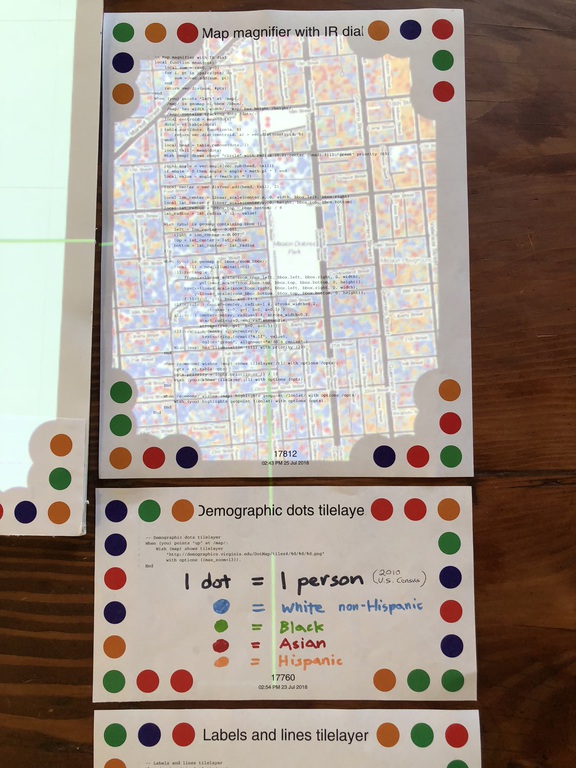Putting this into an issue as the last conversation about it seems to have been left open ended.
@janpaul123 recently posted this:
Apparently some potential Dynamicland collaborations have fallen through or are threatened by people setting up Paper Programs instead and calling it a day. That is the opposite of what I want to happen, especially since Dynamicland really needs funding.
It's easy to imagine how people could confuse Paper Programs for a OSS substitute of Dynamicland's interaction model: it superficially resembles Dynamicland, and the website doesn't do much to spell out the limitations of Paper Programs in comparsion, or if there is supposed to be any difference in direction.
Right now there is a disclaimer on the camera page:
Paper Programs would not exist without the incredible research community at Dynamicland. They continue to push the bounds of physical, communal computing, and continue to inspire. If you can, support Dynamicland by visiting, collaborating and donating. Thanks!! :)
This pushes people in the direction of Dynamicland, but still does nothing to suggest that there is any difference between the two, simply that Paper Programs has been inspired by Dynamicland.
Then there are issues in this repo that seem completely counter to any wish to reduce confusion between Paper Programs and Dynamicland, such as #30 ("Realtalk. Let's implement it"). Unless there is some collaboration with Dynamicland going on behind the scenes, this seems like exactly the opposite of what you'd want to do -- a kind of have your cake and eat it approach where it's stated that this shouldn't be used as a substitute for working with Dynamicland while actively working to duplicate it.
Finally, I consider myself fairly plugged in and follow this project closely -- but it's really not clear to me if this project aims to be anything else than a browser based clone of Realtalk.
What is the difference meant to be?
How is that difference expressed in the design?
What other things can be done to show joe-off-the-web that Paper Programs can't be used as a instant DIY Dynamicland kit?
Apologies for being a bit of a broken record, or if I'm stepping on anyone's toes. But it seems like the desire to play with Dynamicland's interaction model now at the expense of donations and collaborations with Dynamicland itself could be exactly the kind of short-termism that has made them hesitant to interact with the FOSS community.








